New engineered wood floors creaking
rhondaj52
7 years ago
Featured Answer
Comments (21)
Cancork Floor Inc.
7 years agoUptown Floors
7 years agoRelated Professionals
Addison Flooring Contractors · Cedar Rapids Flooring Contractors · Chelsea Flooring Contractors · Knoxville Flooring Contractors · Saint Louis Park Flooring Contractors · Summerville Flooring Contractors · Whitefish Bay Tile and Stone Contractors · Converse General Contractors · Dover General Contractors · Geneva General Contractors · Great Falls General Contractors · Montclair General Contractors · Northfield General Contractors · River Edge General Contractors · Saginaw General Contractorsrhondaj52
7 years agorhondaj52
7 years agoCancork Floor Inc.
7 years agoULTIMATE HARDWOOD LTD
7 years agorhondaj52
7 years agorhondaj52
7 years agoAmy Littler
6 years agoCancork Floor Inc.
6 years agoAmy Littler
6 years agoAmy Littler
6 years agoCancork Floor Inc.
6 years agothomosterhout11
6 years agoG & S Floor Service
6 years agoAshley Reynolds
5 years agoG & S Floor Service
5 years agoAshley Reynolds
5 years agojuliacali
3 years agolast modified: 3 years agoG & S Floor Service
3 years ago
Related Stories

REMODELING GUIDESWhen to Use Engineered Wood Floors
See why an engineered wood floor could be your best choice (and no one will know but you)
Full Story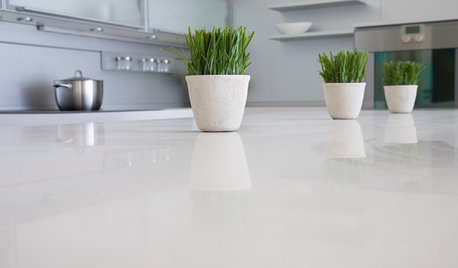
KITCHEN DESIGNKitchen Counters: Stunning, Easy-Care Engineered Quartz
There's a lot to like about this durable blend of quartz and resin for kitchen countertops, and the downsides are minimal
Full Story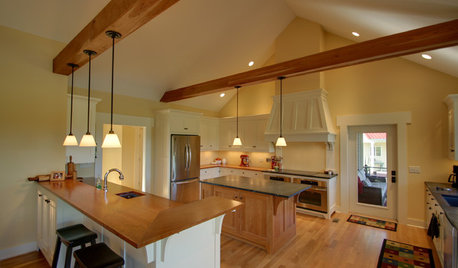

MATERIALSWhat to Ask Before Choosing a Hardwood Floor
We give you the details on cost, installation, wood varieties and more to help you pick the right hardwood flooring
Full Story
REMODELING GUIDESYour Floor: An Introduction to Solid-Plank Wood Floors
Get the Pros and Cons of Oak, Ash, Pine, Maple and Solid Bamboo
Full Story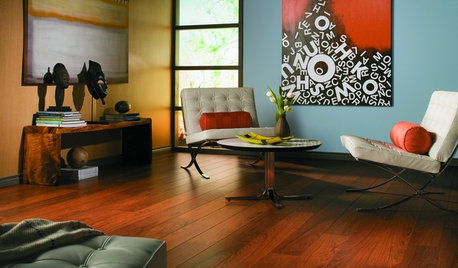
REMODELING GUIDESLaminate Floors: Get the Look of Wood (and More) for Less
See what goes into laminate flooring and why you just might want to choose it
Full Story
REMODELING GUIDESDesigner Confessions: Torn Between Wood Floors
19 Photos to Help You Choose a Wood Floor Finish
Full Story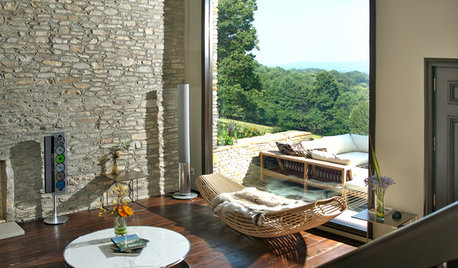
REMODELING GUIDESYour Floors: Zebra, Tiger, and Teak Wood, Oh, My!
Get the Pros and Cons of Exotic Woods: Hickory, Cherry, Rosewood and More
Full Story
REMODELING GUIDESWood Floor Care: Polish Your Skills
Help your wood floors stay gorgeous by learning how to keep stains, dullness and warping at bay
Full Story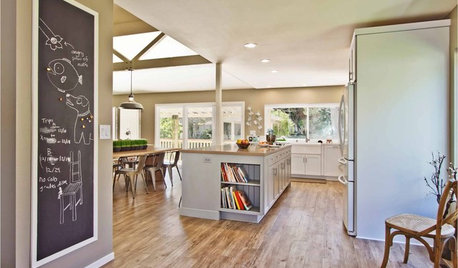
FLOORSWhat's the Right Wood Floor Installation for You?
Straight, diagonal, chevron, parquet and more. See which floor design is best for your space
Full Story







SJ McCarthy